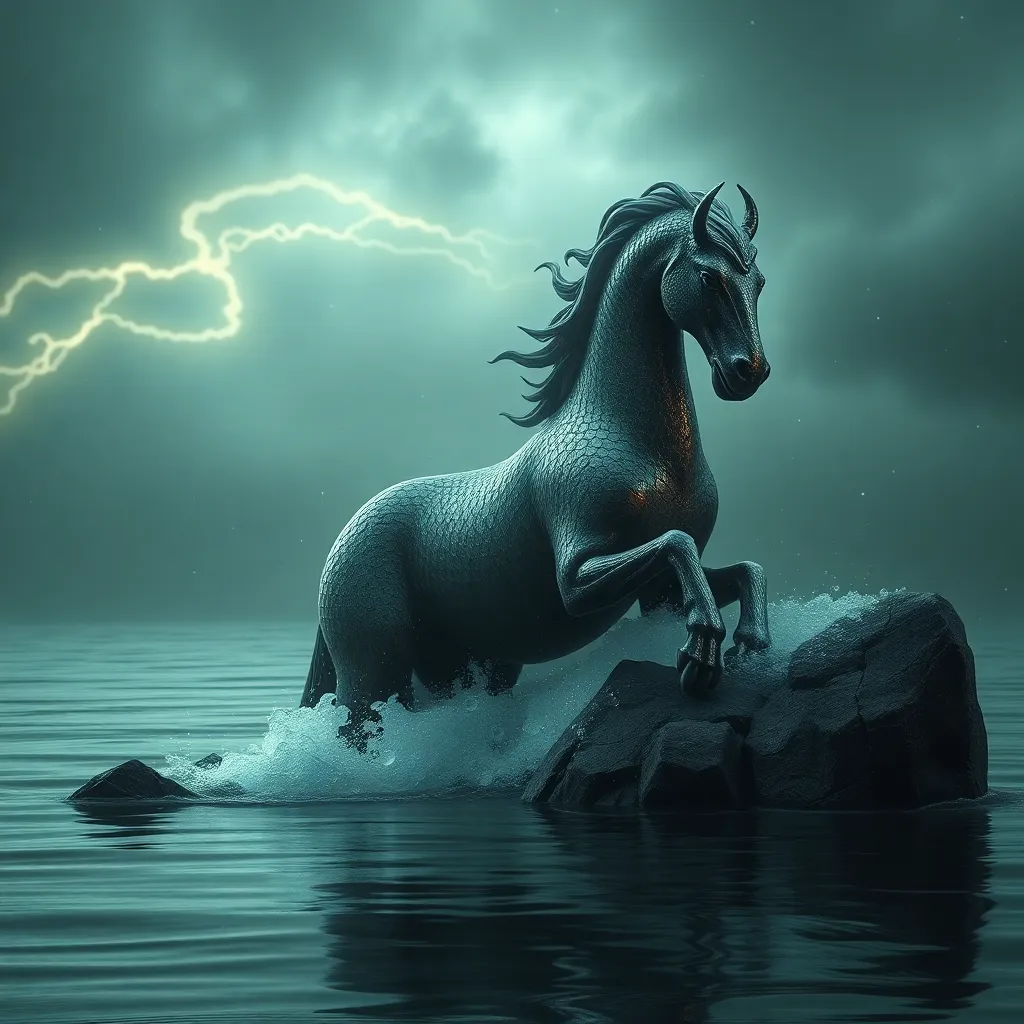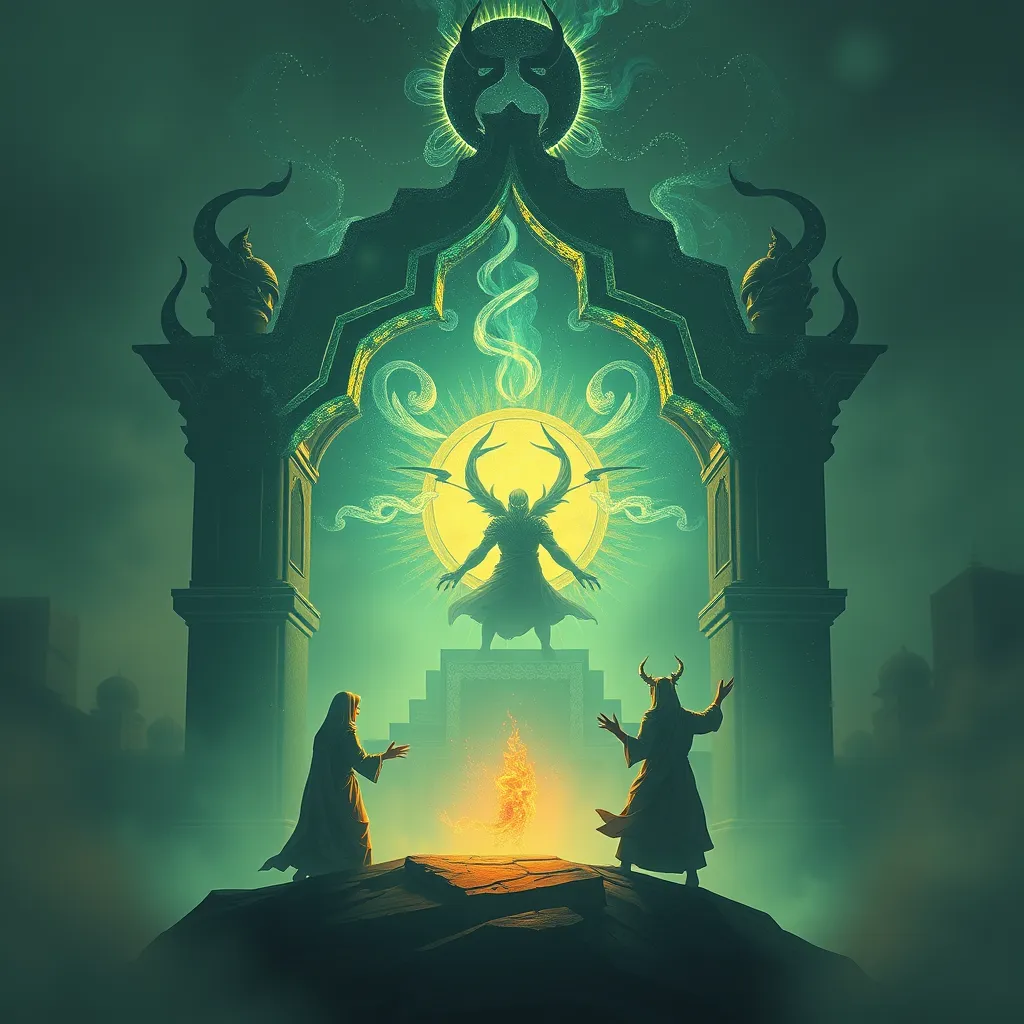The Dwarven Folklore: Exploring the Oral Traditions and Myths of Dwarf Culture
I. Introduction to Dwarven Folklore
Dwarven folklore encompasses the rich oral traditions and myths that have evolved within Dwarf culture. These stories are not merely entertainment; they serve as a means to convey the values, beliefs, and history of the Dwarven people. Folklore is significant in Dwarf culture as it helps to establish a sense of identity and community among individuals, linking them to their ancestors and the land they inhabit.
Themes and motifs commonly found in Dwarven myths include craftsmanship, loyalty, the struggle against adversity, and the relationship with the earth and its treasures. These elements reflect the Dwarven way of life, emphasizing hard work, resilience, and a deep connection to their ancestral roots.
II. Historical Context of Dwarven Myths
A. Origins of Dwarven folklore in ancient texts and oral traditions
The origins of Dwarven folklore can be traced back to ancient texts and oral traditions that have been passed down through generations. These stories often featured in gatherings, where elders would recount tales of legendary heroes and mythical creatures. Such narratives were not only a form of entertainment but also an educational tool, teaching younger generations about their heritage and the lessons learned from the past.
B. Influence of historical events on the development of Dwarven myths
Historical events, including wars, migrations, and the discovery of new lands, have significantly influenced the evolution of Dwarven myths. For instance, tales of great battles against trolls or orcs serve as allegories for the Dwarven experience of defending their homes and treasures. As Dwarven societies encountered other cultures, their myths absorbed new elements, creating a dynamic and ever-evolving tapestry of stories.
III. Key Figures in Dwarven Folklore
A. Legendary heroes and their tales
Central to Dwarven folklore are legendary heroes whose tales embody the values of bravery, honor, and craftsmanship. Figures like Durin, the father of Dwarves, and Thorin Oakenshield, known from the epic journey in “The Hobbit,” exemplify the heroic ideals of Dwarven culture. Their adventures often highlight the importance of community, leadership, and the defense of one’s kin.
B. Notable deities and their roles in Dwarven storytelling
Dwarven mythology is also rich with deities who shape the world and influence the lives of Dwarves. Notable deities include:
- Moradin: The chief deity of Dwarves, representing creation and craftsmanship.
- Clangeddin Silverbeard: The god of battle and honor, revered by warriors.
- Deep Duerra: The goddess of the Underdark and the mysteries of the earth.
These deities are often invoked in stories to emphasize moral lessons or to explain the origin of certain Dwarven customs and practices.
IV. Common Themes and Motifs
A. The importance of craftsmanship and mining
Craftsmanship and mining are central motifs in Dwarven folklore. Dwarves are renowned for their skills in metallurgy, stonework, and gem cutting. Myths frequently highlight the creation of legendary artifacts, such as the fabled Dwarven rings or the mighty Axes of the Dwarven kings, symbolizing both their artistry and their connection to the earth.
B. Friendship, loyalty, and the concept of honor in Dwarven culture
Friendship and loyalty are recurring themes in Dwarven tales. The bonds formed between Dwarves are often depicted as unbreakable, with stories emphasizing the lengths to which they will go to protect each other. Honor is a core value, and many myths revolve around the idea of standing up for one’s kin and maintaining one’s word, even in the face of great peril.
V. Dwarven Mythical Creatures and Beings
A. Description of mythical creatures unique to Dwarven lore
Dwarven folklore is populated with a variety of mythical creatures that illustrate the challenges and wonders of their world. Some notable beings include:
- Golems: Crafted from stone or metal, these creatures serve as guardians of Dwarven halls.
- Dragons: Often depicted as ancient foes, dragons are both feared and respected, with many tales revolving around their treasure hoards.
- Rock Gnomes: Mischievous yet clever beings that sometimes aid or hinder Dwarven quests.
B. Symbolism and significance of these beings in Dwarven stories
These creatures often symbolize the trials that Dwarves face in their lives and the virtues they must embody to overcome them. They serve as challenges that test the strength, courage, and cunning of Dwarven heroes, reinforcing the cultural values embedded in the tales.
VI. The Role of Oral Tradition in Preserving Folklore
A. Techniques used by Dwarven storytellers to convey myths
Dwarven storytellers employ various techniques to pass down their folklore, including:
- Repetition: Key phrases and motifs are repeated to reinforce memory and engagement.
- Call and response: Involving the audience in the storytelling process, making them active participants.
- Use of music and rhyme: Elevating the tales through song, which aids in memorization and enjoyment.
B. The impact of oral tradition on Dwarven identity and community
The oral tradition plays a crucial role in shaping Dwarven identity. It fosters a sense of belonging and continuity, connecting individuals to their collective past. Through storytelling, Dwarves reinforce their cultural values and strengthen community bonds, ensuring that their folklore remains alive and relevant.
VII. Modern Adaptations and Influence of Dwarven Folklore
A. Representation of Dwarven myths in contemporary literature and media
In recent years, Dwarven folklore has seen a renaissance in literature and media. Works such as J.R.R. Tolkien’s “The Lord of the Rings” and video games like “The Elder Scrolls” have brought Dwarven myths to a global audience, often depicting them as noble yet flawed beings with a rich cultural heritage.
B. The evolution of Dwarven folklore in popular culture
As popular culture continues to evolve, Dwarven folklore adapts by integrating new themes and narratives while retaining its core values. The portrayal of Dwarves has shifted from mere side characters to complex figures with their own stories, struggles, and triumphs, showcasing the depth of their culture.
VIII. Conclusion: The Enduring Legacy of Dwarven Folklore
A. Reflection on the importance of preserving Dwarven oral traditions
Preserving Dwarven oral traditions is vital for maintaining the unique identity and heritage of Dwarf culture. These stories carry the wisdom of the ages, offering insights into the values and philosophies that have guided Dwarves through history.
B. The relevance of Dwarven myths in today’s world and future generations
The relevance of Dwarven myths extends beyond their cultural context; they resonate with contemporary themes of resilience, loyalty, and the pursuit of craftsmanship. As future generations engage with these stories, they will continue to inspire and educate, ensuring that the legacy of Dwarven folklore endures for years to come.



